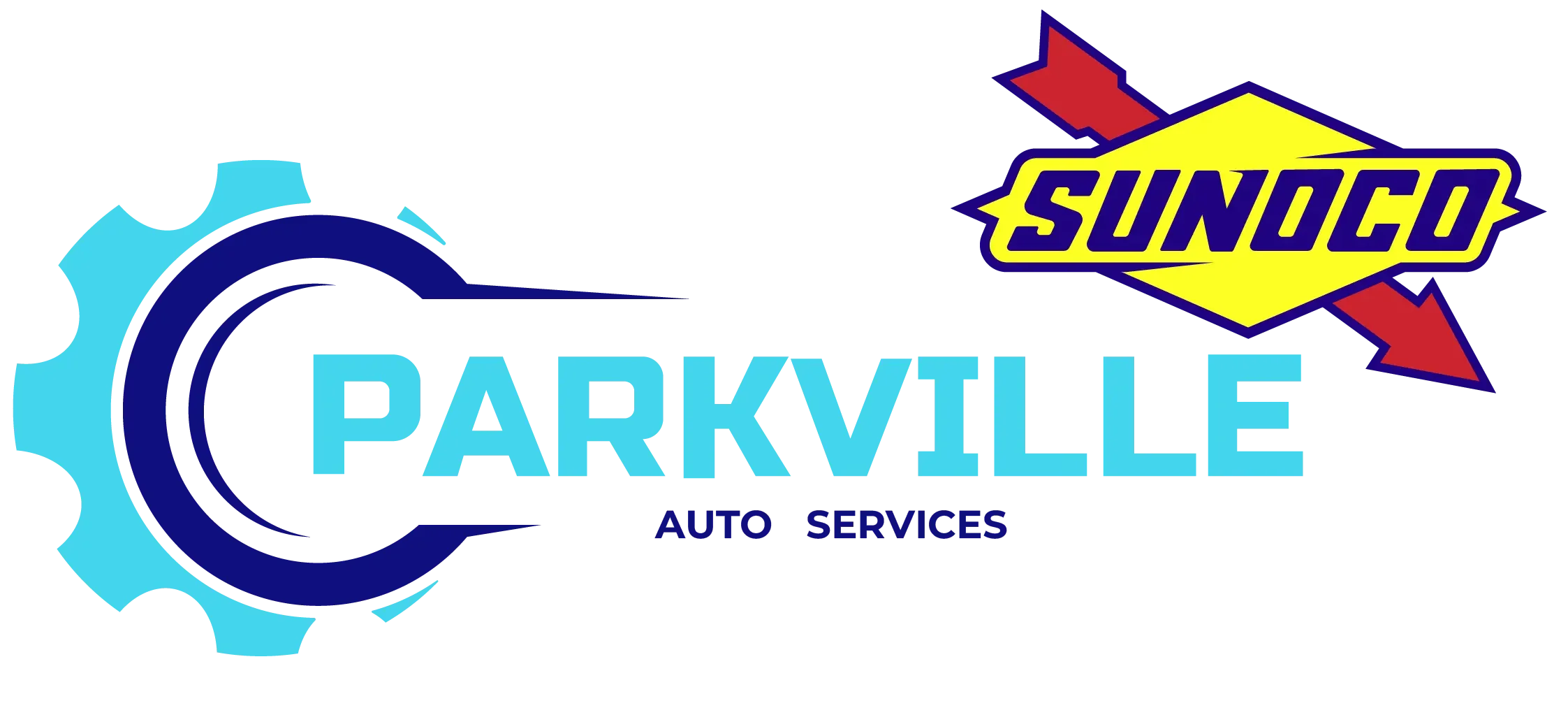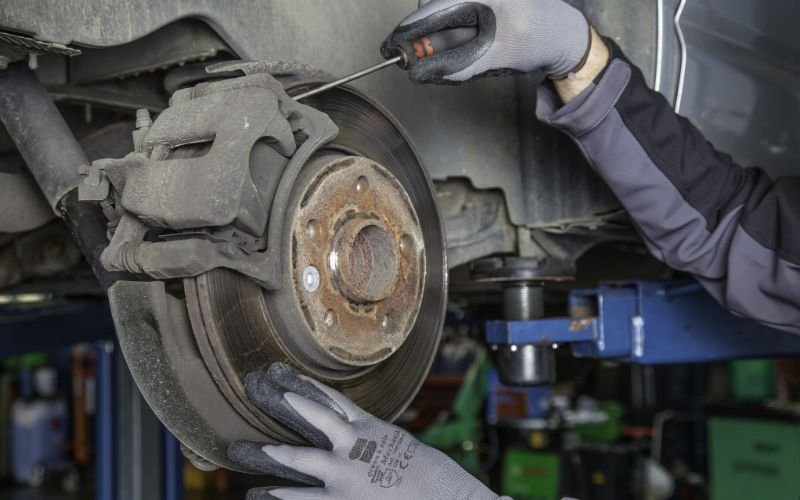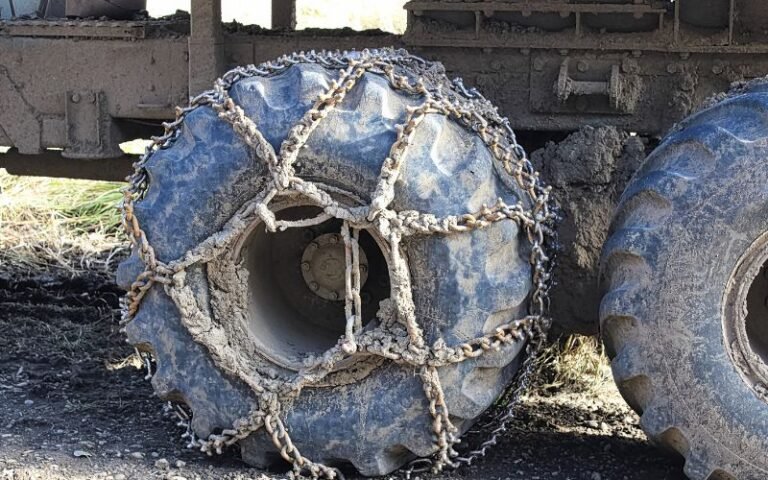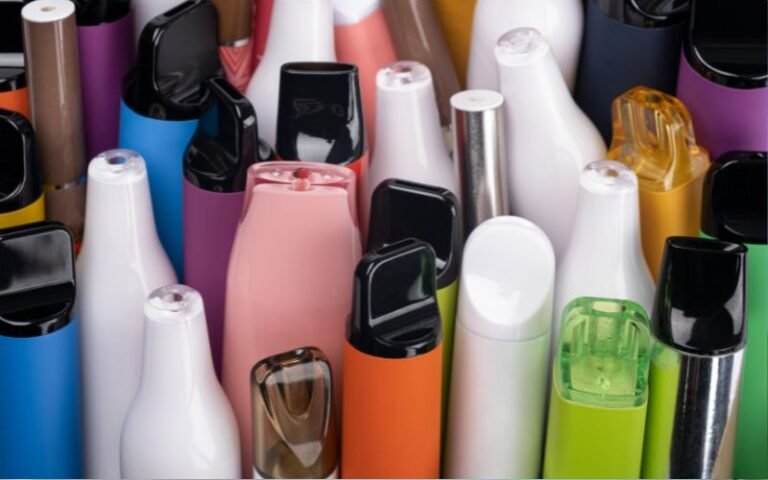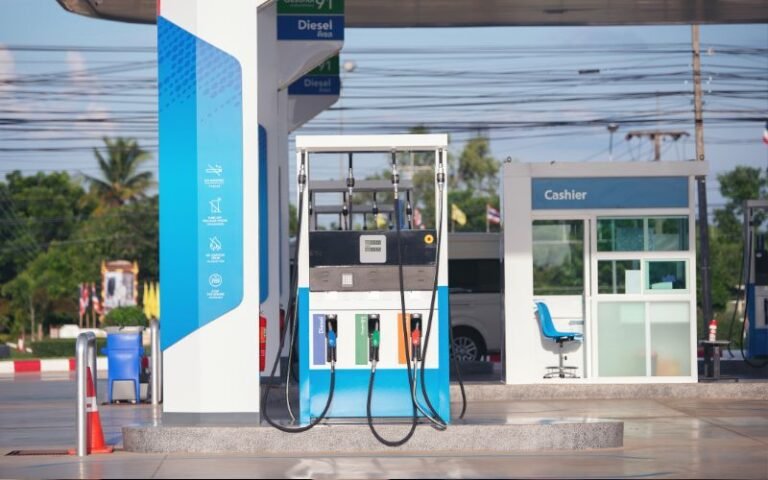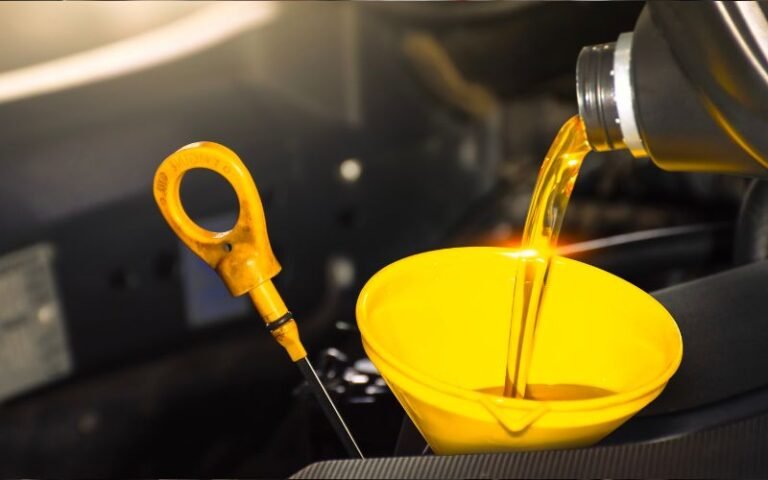Mavis Brake Special Affordable Brake Deals USA
In today’s fast-paced world, vehicle maintenance often gets pushed to the bottom of our to-do lists. But when it comes to your brakes, procrastination can be costly, both financially and in terms of safety. Whether you are hearing a grinding noise while braking, noticing longer stopping distances, or just due for a routine brake inspection, knowing where to turn for trustworthy service is crucial.
Brake service is not just another repair; it is a critical safety requirement. A fully functional brake system ensures you’re not just stopping, but stopping safely, especially in wet weather or emergencies. This article dives deep into everything American drivers need to know about brake services, from spotting early warning signs to comparing brake pad types, understanding service costs, and evaluating service providers like Mavis Tire & Brakes.
What’s Included in a Standard Mavis Brake Special Service?
A standard automotive brake service usually consists of:
- Brake pad replacement
- Rotor resurfacing or replacement
- Brake fluid flush
- Brake system inspection
- Lubrication of components
- Brake caliper inspection and adjustment
Whether you are seeking a front brake job, rear brake pad replacement, or a comprehensive system check, understanding what’s typically included helps you avoid unnecessary upsells and repairs.
Warning Signs You Might Need Mavis Brake Repair
Do your brakes need attention? These are the most common symptoms of brake system wear:
- Squealing or grinding noises
- The brake warning light on the dashboard
- Soft or spongy brake pedal
- Shaking steering wheel when braking
- Pulling to one side
- Increased stopping distance
These issues often point to worn brake pads, warped rotors, or a hydraulic system malfunction. If left unchecked, they could evolve into severe, costly problems like ABS failure or brake fluid leaks.
Types of Brake Pads: Which One Is Right for You?
One of the most critical decisions in any brake replacement job is the type of brake pads used. There are three primary types:
1. Ceramic Brake Pads
- Pros: Quiet, clean, long lifespan
- Cons: Expensive, less effective in extreme cold
2. Semi-Metallic Brake Pads
- Pros: Great for high-performance, heat-resistant
- Cons: Noisier, wears rotors faster
3. Organic (Non-Asbestos) Brake Pads
- Pros: Cheap, quiet, easy on rotors
- Cons: Shorter lifespan, more brake dust
Choosing the right pad depends on your driving habits, climate, and vehicle type. A certified technician can help you determine which option balances cost, safety, and performance.
What Makes a Good Brake Shop?
When choosing where to get your brakes serviced, consider the following topical authority criteria:
- Certified Brake Technicians: ASE-certified professionals who follow manufacturer guidelines.
- OEM Brake Parts: Use of Original Equipment Manufacturer parts for compatibility and longevity.
- Warranty Coverage: Lifetime warranty on brake pads or parts.
- Brake Fluid Testing Equipment: Modern diagnostics for ABS and hydraulic systems.
- Transparent Pricing: Breakdown of labor and parts; no hidden fees.
Brakes are not just parts; they are lifesavers. Car Brake Repair Services ensures every stop is smooth, safe, and backed by certified expertise.

Region-Specific Insight: Why U.S. Drivers Trust Nationwide Chains
In the United States, automotive service chains like Mavis Tire & Brakes, Firestone, Meineke, and Pep Boys dominate the brake repair space due to:
- Nationwide presence and consistency
- Online appointment booking
- Service promotions and brake coupons
- Extended store hours, including weekends
- Financing options via credit partners
Whether you are in Florida, New York, California, or Texas, you are likely to find a Mavis location within driving distance. That accessibility makes it a go-to for millions of drivers needing brake system maintenance.
Cost Breakdown: What Does Brake Repair Usually Cost?
Here’s a general cost range in the USA:
| Service Type | Price Range (Per Axle) |
| Front or Rear Brake Pads Only | $99 or $179 |
| Pads or Rotor Replacement | $250 or $450 |
| Full Brake Job (Pads + Rotors) | $400 or $700 |
| Brake Fluid Flush | $70 or $130 |
| Complete Brake System Overhaul | $700 or $1,200+ |
Costs depend on:
- Vehicle make/model
- Type of brake pads used
- Location (urban areas may cost more)
- Add-on services like ABS diagnostics
Coupons and Discounts: Where to Find Deals
Searching for a brake repair deal near you? Here are a few smart ways to save:
- Official Websites: Brands like Mavis Tire & Brakes offer downloadable coupons or online-exclusive discounts.
- Coupon Aggregators: Check sites like RetailMeNot, Groupon, or Valpak for local brake specials.
- Seasonal Promotions: Many shops offer discounted brake services during winter or back-to-school seasons.
- Loyalty Programs: Sign up for newsletters or apps to receive first-time customer offers or referral bonuses.
Always read the fine print. Some “brake specials” cover only pads and charge extra for rotors or labor.
What’s Included in a Brake Inspection?
A free brake inspection typically includes:
- Measuring brake pad/shoe thickness
- Inspecting rotor/drum condition
- Checking brake fluid levels
- Evaluating brake lines and hoses
- Test-driving a vehicle for pedal feel and response
Inspections can help spot issues before they become costly repairs or safety hazards.
Comparing National Brake Service Providers
| Brand | Nationwide? | Brake Specials | Appointment Online | Warranty |
| Mavis | Yes | Yes | Yes | Yes |
| Firestone | Yes | Yes | Yes | Yes |
| Meineke | Yes | Yes | Yes | Yes |
| Pep Boys | Yes | Yes | Yes | Yes |
| Local Shops | No | No (Varies) | No (Mostly Call-in) | Varies |
While local shops may offer more personalized service, national chains offer standardization, warranty coverage, and transparency, making them more reliable for many U.S. drivers.
Pros and Cons of Getting Your Brakes Done at a National Chain
Pros:
- Certified mechanics
- Transparent pricing
- Lifetime pad warranties
- Access to genuine OEM parts
- Easily accessible across the USA
- Online scheduling and service tracking
Cons:
- Potential upselling of unnecessary services
- Appointment wait times during busy seasons
- Service quality may vary by location
- Limited customization vs independent shops
Brake Maintenance Schedule: How Often Should You Replace Components?
| Component | Replacement Interval |
| Brake Pads | Every 25,000 or 70,000 miles |
| Brake Rotors | Every 50,000 or 70,000 miles |
| Brake Fluid | Every 2 or 3 years or 30,000 mi |
| Brake Hoses | Every 6 years or 60,000 mi |
Following your owner’s manual and using trusted shops for routine inspections can dramatically extend the life of your braking system.

Final Thoughts
Your vehicle’s braking system is a core safety feature. Delaying service could put your family and others at risk. The U.S. offers numerous trustworthy brake service providers, but doing a little research can help you choose wisely and save money in the process.
If you are considering a brake repair, now’s the time to schedule an inspection, compare brake pad options, and take advantage of limited-time coupons at trusted providers near you.
FAQs
How do I know if I need new brakes?
Look for signs like squealing sounds, longer stopping distances, or a soft pedal feel.
Are ceramic brake pads better?
Ceramic pads last longer and are quieter, but they cost more and may not perform well in extreme conditions.
Can I just replace the brake pads and not the rotors?
Yes, if the rotors are within the manufacturer’s specs. However, resurfacing or replacing rotors is often recommended for optimal braking.
How long does a brake job take?
A standard front or rear brake service typically takes 1 to 2 hours.
Is it safe to drive with worn brakes?
No. Worn brakes can fail unexpectedly, leading to dangerous driving situations and costly repairs.
Citation:
u/3sgtebro. (2023, September 27). Brakes at Mavis [Reddit post]. Reddit. https://www.reddit.com/r/accord/comments/16sr0x3/brakes_at_mavis/
